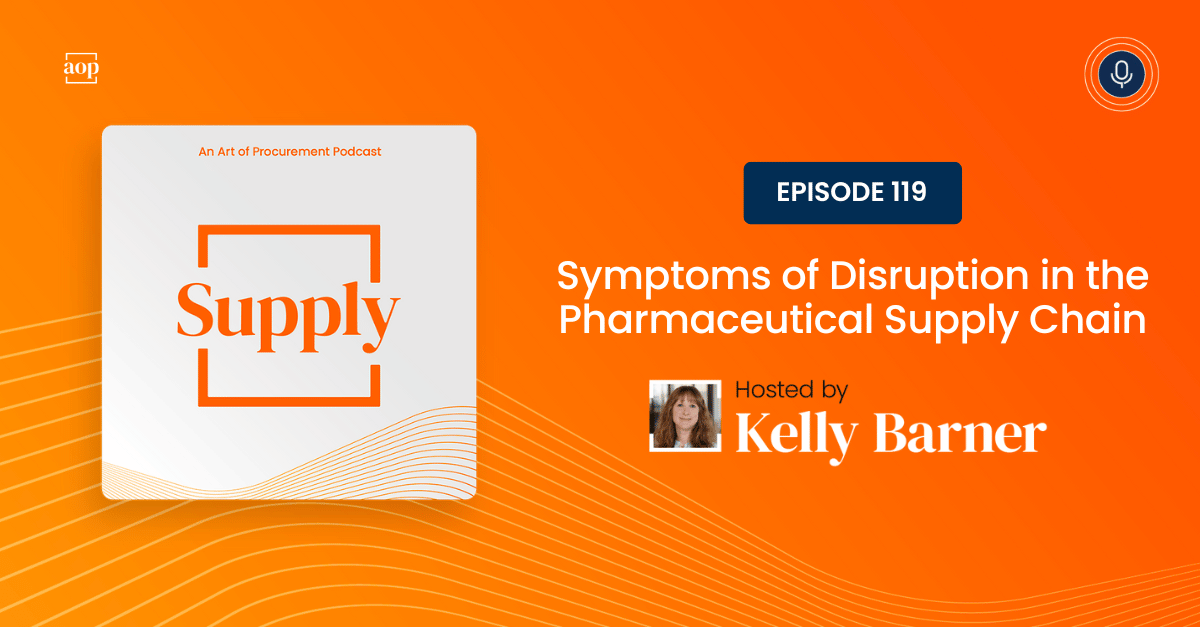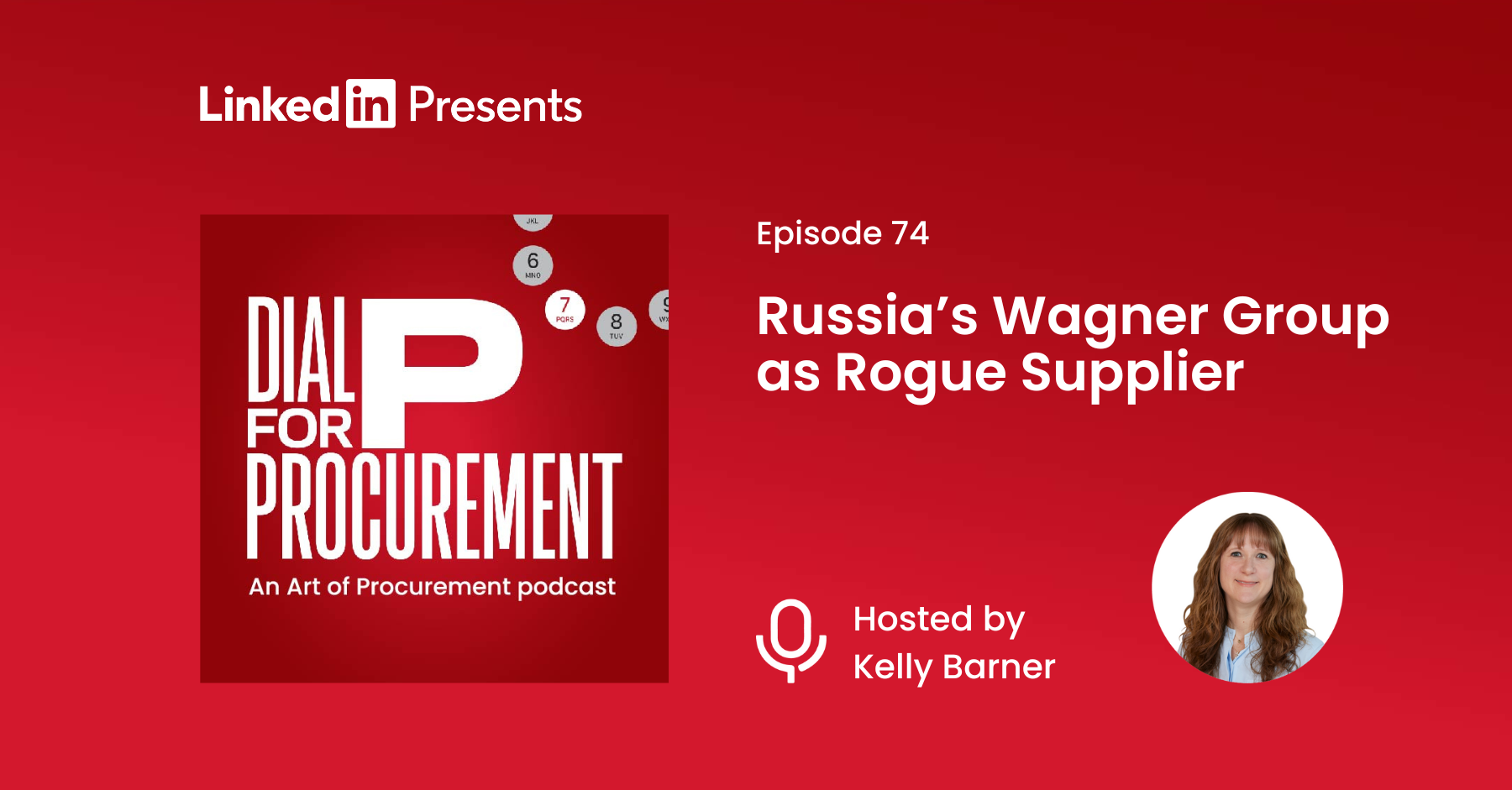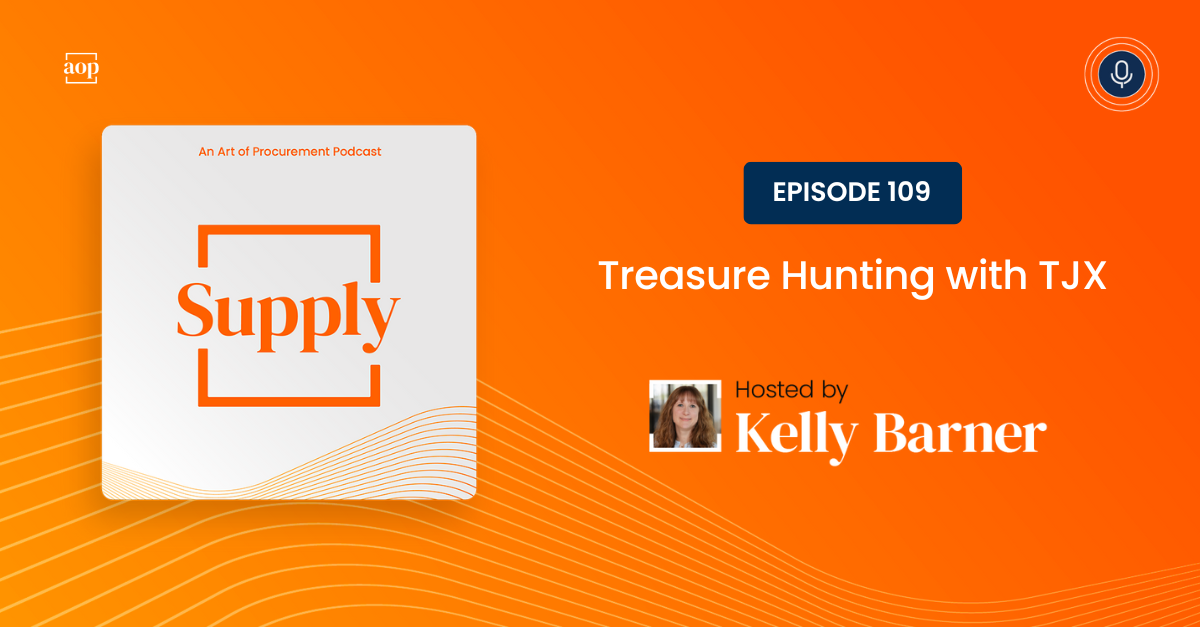3 min read
Symptoms of Disruption in the Pharmaceutical Supply Chain
Kelly Barner : Updated on December 1, 2024

Supply chains are never far from news headlines, but when those headlines are reporting drug shortages, it is personal.
323 drugs were in short supply in the first quarter of 2024 according to the University of Utah Drug Information Service data published by the American Society of Health-System Pharmacists. That number is up from the previous high of 320 marked in 2014 and the highest since the University of Utah began tracking shortages in 2001.
These shortages affect the health and quality of life of our family members, friends, and neighbors – maybe even ourselves. And while pharmaceutical supply chains are incredibly complex, the factors leading to these shortages are all too familiar: razor-thin margins, global dependence, and an overly concentrated domestic wholesale market.
Why are there shortages?
As you would expect, there are many causes of prescription drug shortages.
Sometimes demand outpaces supply because of an unexpected surge in demand for a new medicine. In other cases, quality issues lead to supply disruptions. Perhaps there is a problem with a drug or the facility it is made in. Most frustrating of all are the commonly prescribed drugs that are in short supply because the profit margins on them are so low, there is no incentive to produce them.
A significant percentage of the drugs facing chronic shortages are generics, drugs with expired patents. They can be manufactured by companies other than the one that invented them. According to the Association for Accessible Medicines, 90 percent of all prescriptions are for generic drugs, but they only represent about 20 percent of drug spending in the U.S.
The current structure of the pharmaceutical supply chain makes it difficult for generic drug manufacturers to earn enough profit to stay in business. Many have left the business or offshored their production to countries where labor is cheaper, such as China and India.
Thin margins also reduce incentives for competition, leading to less suppliers per medicine, and very few backup plans. The FDA can do little more than calling manufacturers and asking them to please increase production.
The fluid landscape of generic producers wreaks havoc on supply as well.
When generic manufacturer Akorn Pharmaceuticals went bankrupt and closed in February of 2023, they recalled all of the products out in the market because they would not be around to monitor them, and all inventory had to be sent back as well. It created a shortage of all of their medications with very little notice and fewer alternatives.
The Federal Trade Commission is looking askance at Group Purchasing Organizations and drug wholesalers, while hospital purchasing groups blame manufacturers for quality problems. Manufacturers say crackdowns by the FDA make it even harder to produce a barely-profitable product, and everyone blames China and India for spurring a race to the bottom in terms of costs.
Can this supply chain be saved?
Pharmaceutical shortages are driven by a variety of reasons, including difficulty acquiring raw materials, manufacturing problems, regulatory complexities, lagging profitability, and supply chain disruptions. As a result, we need a number of solutions.
Stockpiling seems to be the intended solution for many shortages, including generics. (This approach is something we will learn more about in next week’s interview episode.)
A company associated with Mark Cuban (of Shark Tank fame) Cost Plus Drugs, is taking a novel approach as well. For a 15% markup, they will make generic drugs available. The company does not process insurance claims. They have eliminated that source of overhead and made it cheaper to pay out of pocket. In addition to making drugs more affordable, they are also putting information into the hands of consumers, making it possible for them to compare prices.
And, don’t worry – they’re from the government, and they’re here to help. The Defense Production Act is expanding Health and Human Services authority. A $35 Million investment aims to incentivize domestic production of sterile injectable medication starting materials. They have also designated high-risk foreign suppliers to move away from.
The Association for Accessible Medicines’ policy team recommends longer term contracts between manufacturers and hospitals to guarantee a predictable revenue stream and proposes providing grants to upgrade manufacturing facilities or build new facilities.
This isn’t a simple problem to solve, and since it wasn’t created overnight, we shouldn’t expect a speedy resolution. In the meantime, it is one of the most personal industries and supply chains in the world.




